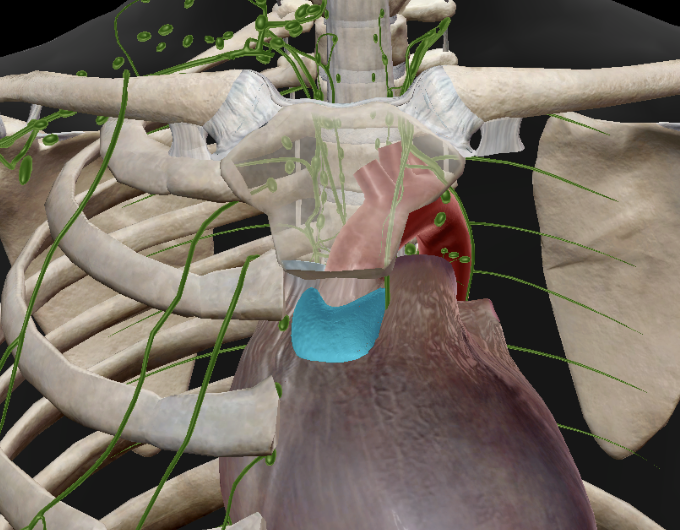t10: autonomic nervous system and endocrine system
1/31
There's no tags or description
Looks like no tags are added yet.
Name | Mastery | Learn | Test | Matching | Spaced |
|---|
No study sessions yet.
32 Terms
sympathetic nervous system
ramps up body functions during periods of increased activity and produces the fight-or-flight response
sympathetic nerves
arise from the thoracic and lumbar segments of the spinal cord
parasympathetic nervous system
activates resting processes like digestion and waste elimination
parasympathetic nerves
originate in the brain stem and sacral spinal cord
hypothalamus
secretes hormones that regulate the anterior pituitary
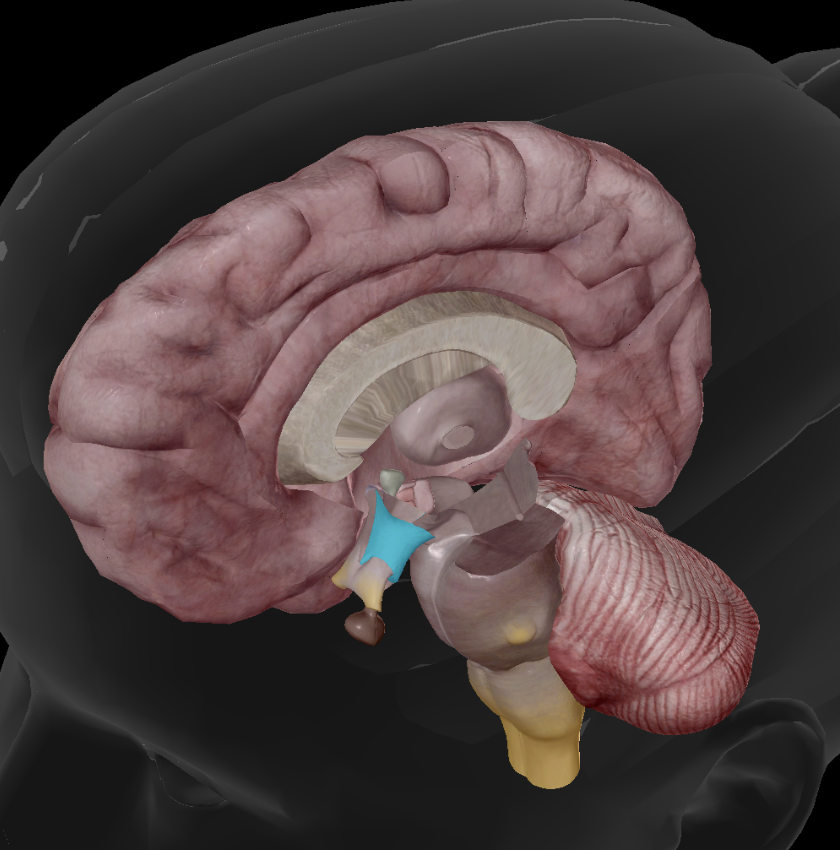
pituitary gland
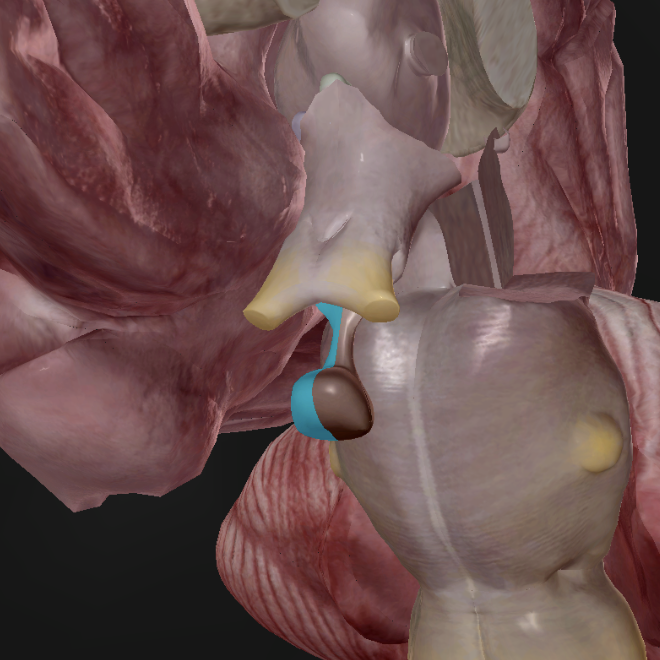
hypophyseal portal system
system of vasculature that connects the hypothalamus and the anterior pituitary
human growth hormone (hGH)
causes target cells to release insulin-like growth factors that promote cell growth and division, glucose release, and protein synthesis (anterior pituitary)
thyroid-stimulating hormone (TSH)
causes the thyroid gland to release hormones that increase metabolism and promote nervous and skeletal system growth (anterior pituitary)
follicle-stimulating hormone (FSH)
targets the gonads in both males and females, stimulating sperm development and estrogen secretion (anterior pituitary)
luteinizing hormone (LH)
targets the gonads in both males and females, stimulating testosterone production and ovulation (anterior pituitary)
prolactin (PRL)
induces production of milk by mammary glands (anterior pituitary)
adrenocorticotropic hormone (ACTH)
causes the adrenal glands to produce steroid hormones (anterior pituitary)
melanocyte-stimulating hormone (MSH)
causes melanocytes in the skin to produce more melanin (pituitary intermediate lobe)
antidiuretic hormone (ADH)
decreases water loss by targeting the kidneys and sweat glands (hypothalamus/posterior pituitary)
oxytocin (OXT)
causes uterine contractions during childbirth and stimulates milk ejection from the mammary glands (hypothalamus/posterior pituitary)
thyroid gland
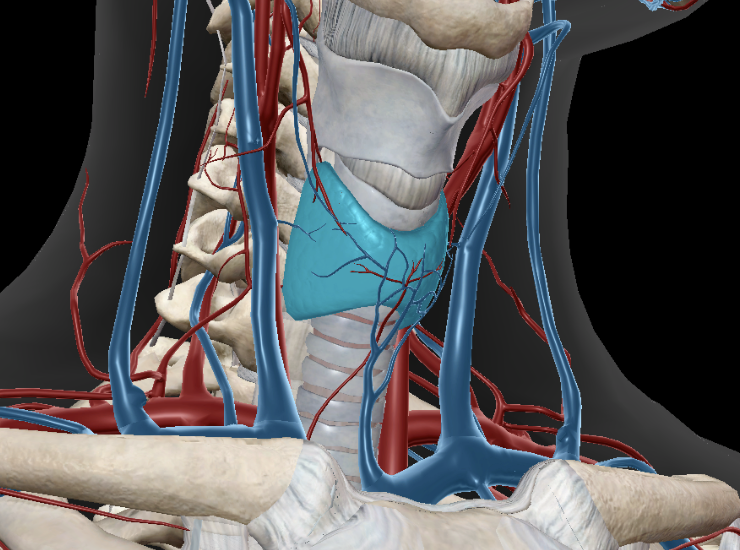
parathyroid glands
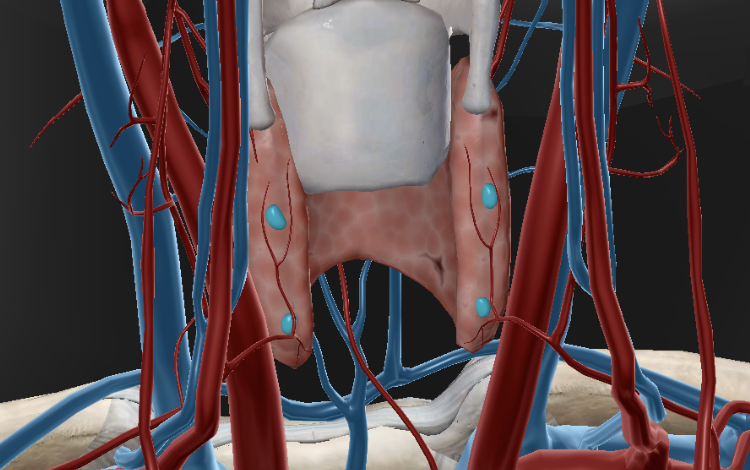
adrenal glands
the medulla is composed of nervous tissue, whereas the cortex is composed of glandular epithelial tissue
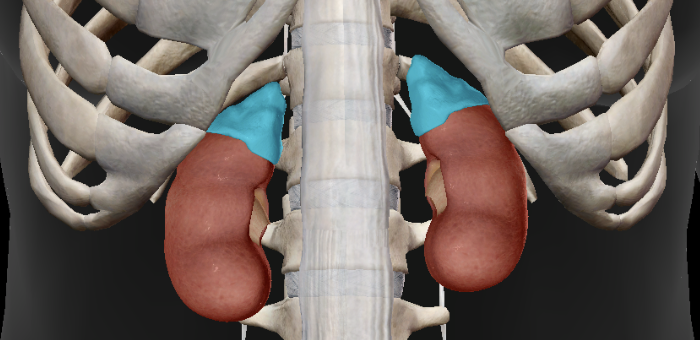
glucocorticoids
manage protein and glucose levels (adrenal cortex)
mineralocorticoids
manage water and salt levels (adrenal cortex)
gonadocorticoids
androgens (adrenal cortex)
pineal gland
produces melatonin, which protects nervous tissue and regulates sleeping patterns
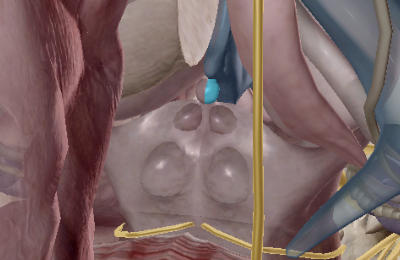
thymus
produces hormones that help maintain immune response
